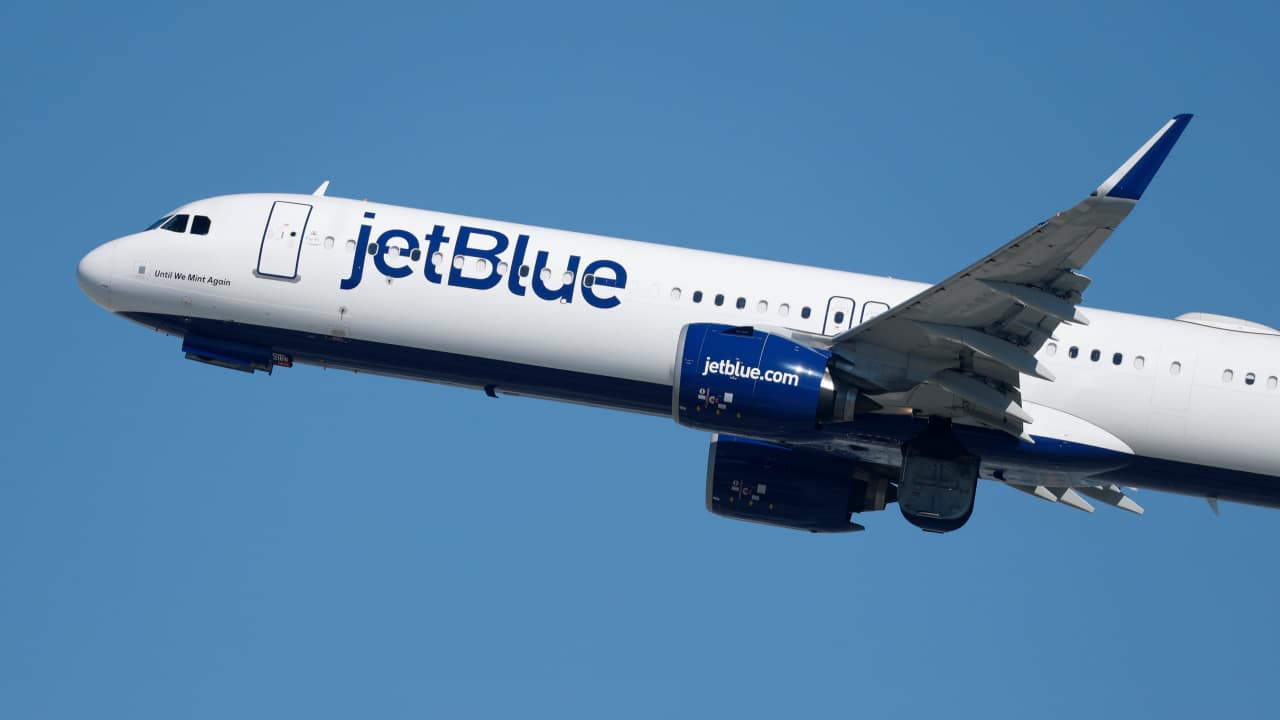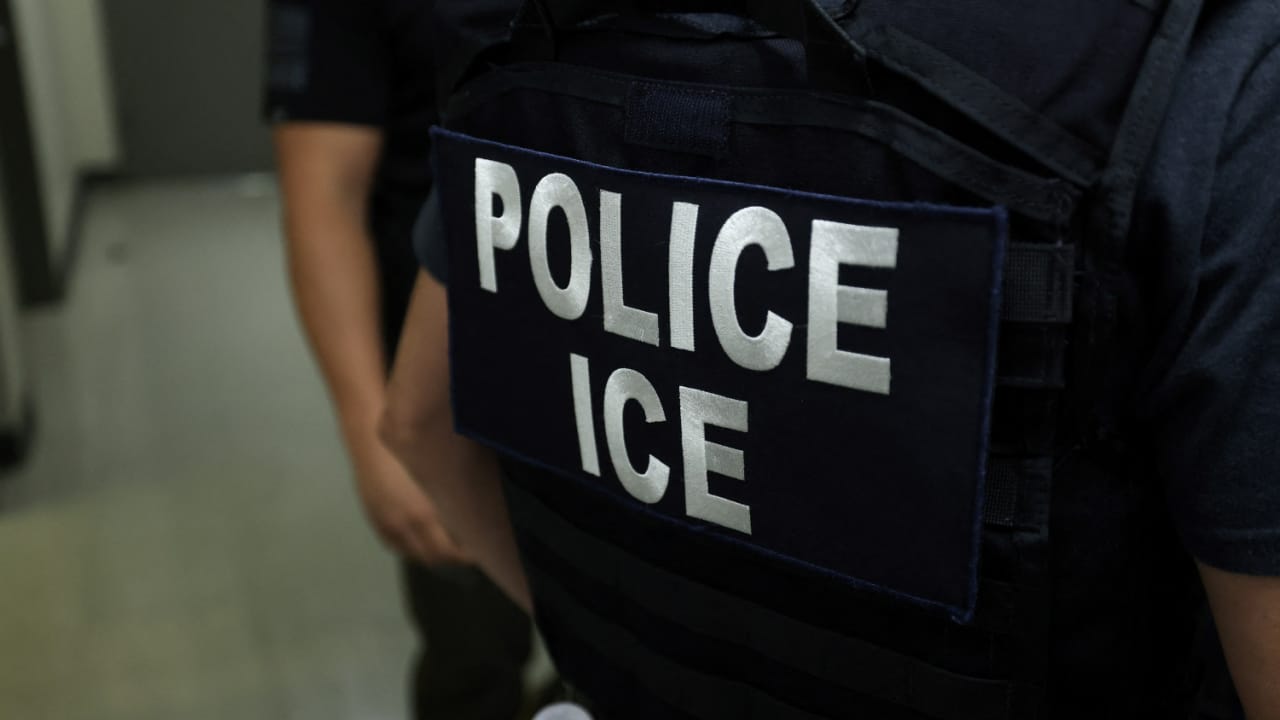Everything We Know About the U.S. Strike on an Alleged Drug Boat From Venezuela
The clip looks like a movie scene. A fast boat on rough water. A flash. Then fire. President Donald Trump says the U.S. military hit an alleged drug vessel in the southern Caribbean and killed 11 people. The operation ties into a bigger buildup around Venezuela. It also raises legal and regional questions. Here is what we know so far.
The strike and the claims
Trump told reporters at the White House that the U.S. military “literally shot out a boat, a drug-carrying boat, a lot of drugs in that boat.” He later posted a video labeled “unclassified” that shows a small speedboat exploding and burning. “The strike resulted in 11 terrorists killed in action. No U.S. Forces were harmed in this strike,” he wrote on Truth Social.
Secretary of State Marco Rubio posted that the military conducted a “lethal strike” against a “drug vessel” that had departed Venezuela, as reported by NPR and CBS News.
Who the U.S. says was on board
Trump said the people on the boat were members of Tren de Aragua. The administration designated the group as a foreign terrorist organization earlier this year. He has also accused Venezuelan President Nicolás Maduro of controlling the gang. Caracas denies that. The Pentagon has not released details on what drugs were on board, the quantity, or how the strike was carried out.
The video, the allegations, and early verification
Venezuela’s communications minister Freddy Ñáñez suggested the video was made with artificial intelligence. Reuters said its initial checks did not show signs of manipulation, while noting that verification is ongoing. The Associated Press added that the black and white video is not clear enough to show 11 people or the drug load on the boat.
The military buildup around Venezuela
This strike follows a larger U.S. naval push in the region. Reuters reported seven U.S. warships and a fast attack submarine are deployed or en route, with more than 4,500 sailors and Marines. NPR cited the Iwo Jima Amphibious Ready Group. El País listed destroyers USS Gravely, USS Jason Dunham, and USS Sampson, plus P-8 reconnaissance flights. The BBC noted Trump’s message that “there’s more where that came from.”
How Venezuela is reacting
Maduro has raised the alarm and put forces on alert. He said he would “declare armed struggle and a Republic in arms” if the U.S. attacks. State TV showed him greeting supporters in his old neighborhood after the strike announcement. Caracas says the U.S. is using a drug narrative to justify pressure. Officials also point to a U.N. report that does not assign Venezuela the central trafficking role Washington alleges.
The regional picture and route questions
Rubio told reporters the alleged shipment was likely headed to Trinidad and Tobago or another Caribbean country, CBS News reported. U.S. officials say the mission targets drug cartels and “narcoterrorist” networks. Critics are asking about the rules of engagement in international waters and whether the U.S. chose destruction over seizure.
“’Being suspected of carrying drugs’ doesn’t carry a death sentence,” wrote Adam Isacson of WOLA on X. The stakes are regional. The naval presence near Venezuela has surged. Tensions have risen. And leaders in Caracas and Washington continue to exchange warnings as verification of the video and more details about the strike unfold.




